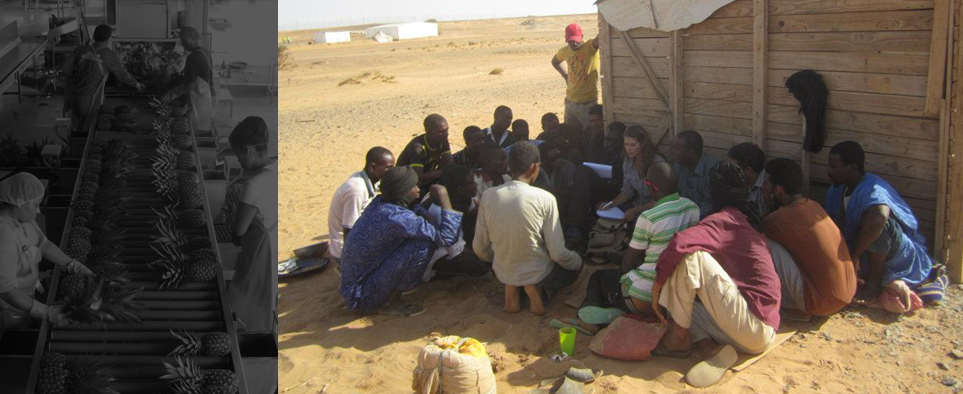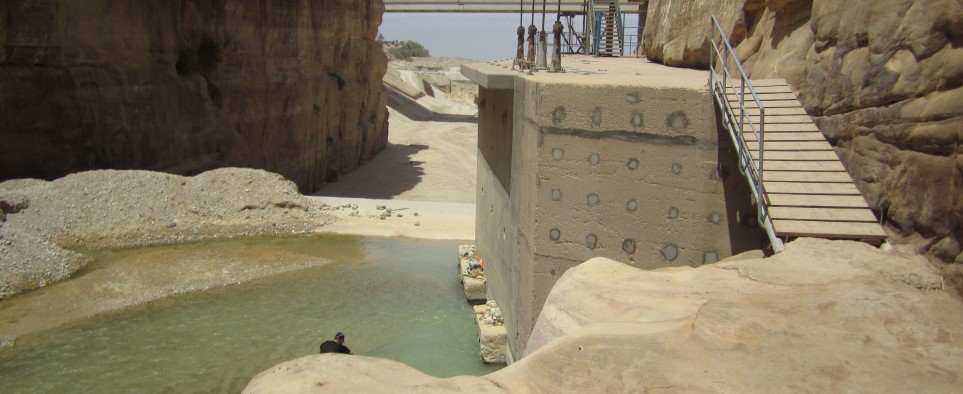Today, Jordan set the Guinness Record for the world’s longest slip-n-slide. The self-described 2nd water-poorest country in the world shot hoses down more than 2000 feet of plastic sheeting, to cheers and fanfare. This just two weeks after the World Bank committed $250 million to help Jordan manage its water sector.
The waste from Jordan’s slip-n-slide is symbolic, but it underlines the need for reform and undermines the perception that Jordan is serious about tackling its water crisis.
NomoGaia has been following Jordan’s water sector for 5 years, assessing the impacts of a newly tapped water source, the Disi Aquifer, on Jordanians’ Right to Water. The Disi Water Conveyance Project was funded by international banks with an aim to alleviate water stress in the capital city of Amman. Instead, NomoGaia has found that it has largely served to allow Jordan’s wasteful agriculture sector to resist reforms.
Simultaneously, water from Disi poses health risks to users, and environmental risks to the country at large. Our in-depth analysis of these risks and impacts are available at the link below:
This assessment is a pilot of a new Tool NomoGaia is developing — one geared toward the financial sector. Investors in the Disi Water Conveyance Project poorly understood the human rights implications of the project, which has had serious repercussions for the effectiveness of the project (and for the likelihood that loans will be repaid).



Pingback: Who is in charge? A key question for human rights impact assessments « CauseHub
Pingback: Who is in charge? A key question for human rights impact assessments | CVD
Pingback: Who is in charge? A key question for human rights impact assessments | Đọt Chuối Non
Pingback: Corporate HRIAs - NomoGaia